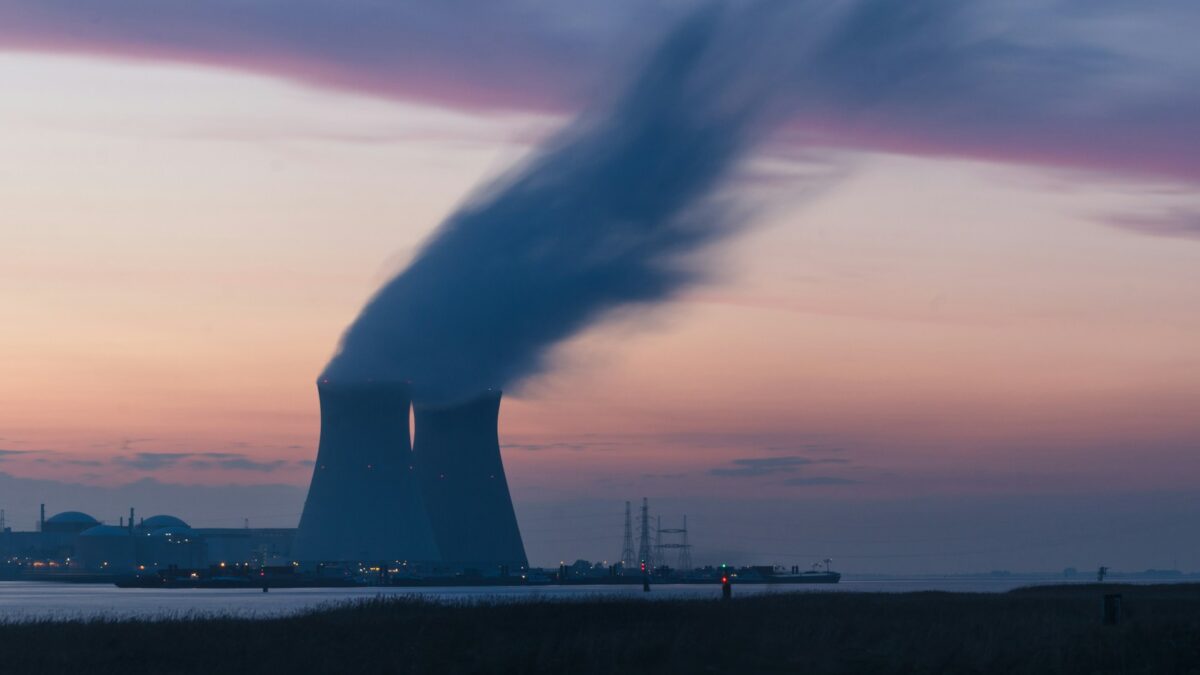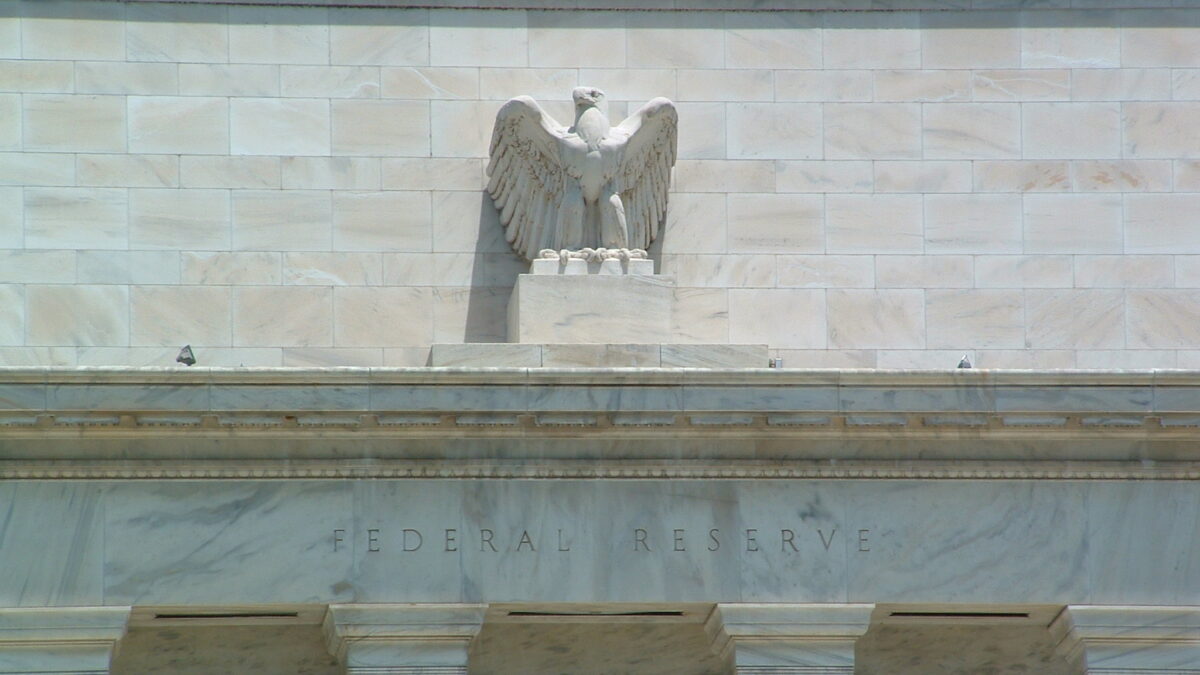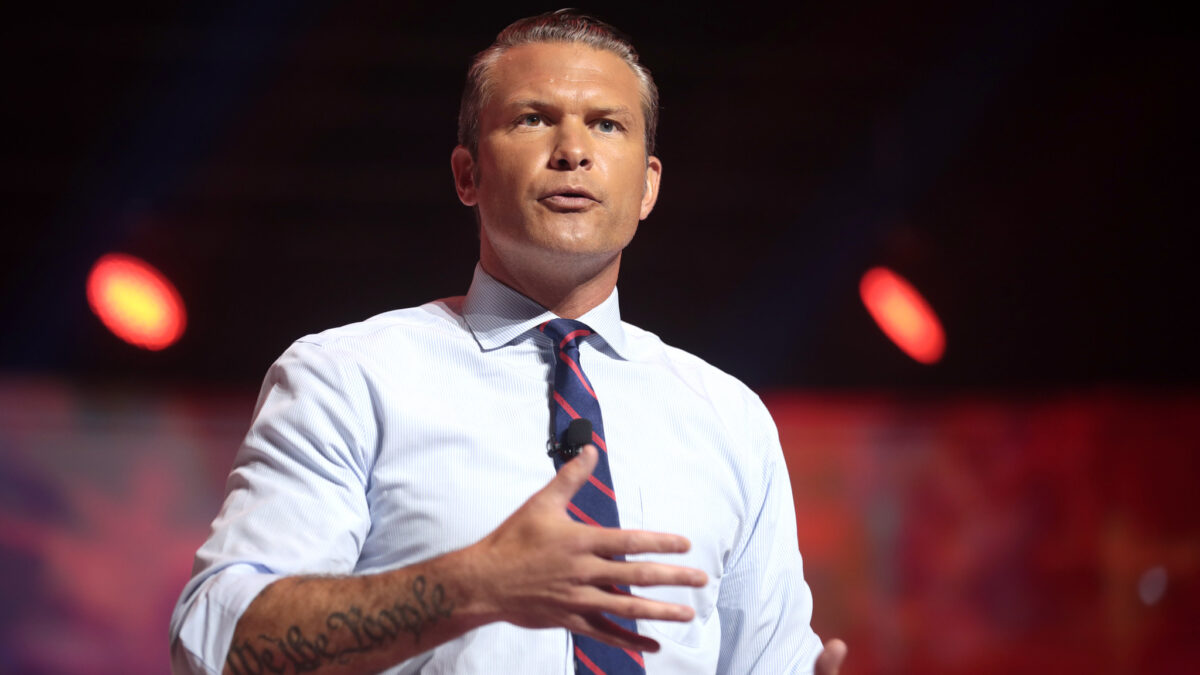Lawmakers have set their sights on a long-time solution to a nationwide housing shortage: federal land.
Politico reported earlier this month on the emergence of bipartisan support to target public lands for new housing developments.
“It’s simple in theory,” the magazine reported. “The federal government — which owns roughly 28 percent of the land in the U.S. — would open up bidding for parcels to developers who commit to keeping a certain percentage of the units at an affordable level for the local population.”
“Imagine having a county where over 90 percent of the land can’t have housing despite many acres being appropriate for development, all because it’s federally managed,” Republican Rep. John Curtis of Utah told Politico. “The idea is a practical solution, and including it in the Republican platform is welcome news for Utahns struggling with housing affordability.”
Curtis, who won the Utah Republican Senate primary earlier this summer, introduced legislation to allow the sale of federal acres to state and local governments to build new homes. Sen. Mike Lee of Utah proposed a similar bill in the upper chamber.
The federal government owns just under a third of all land in the United States, with 92 percent across 12 western states. Roughly 63 percent of Utah’s land is federally managed, while other states similarly struggling with high housing costs, such as California, Oregon, and Nevada, also govern just a fraction of the property within their own borders.
The federal government owns 45 percent of California, 52 percent of Oregon, and 80 percent of Nevada.
According to Zillow, in June, the U.S. housing shortage grew from 4.3 million in 2021 to 4.5 million in 2022. Mortgages and rent, meanwhile, remain primary drivers of inflation, with shelter costs at more than 5 percent higher than a year ago. Federal land has historically held the solution to American housing needs, with lawmakers now leveraging the government’s vast acreage to build new homes just as 19th-century predecessors encouraged western settlement with the Homestead Act.
While the strategy to target public lands for additional housing has garnered support from Democrats in the White House, Politico reported the Biden administration “is taking a different — and more circumscribed — approach” from Republicans.
“The administration effort is focused on ‘vacant and surplus federal lands that are within existing development zones and in metros that face shortages of affordable housing,’ said a White House aide who was granted anonymity to discuss differences with the Lee bill,” Politico reported. “‘Given those careful considerations, the overwhelming majority of federal lands are unsuitable for housing development and not part of our focus,’ the aide said.”
Far-left environmental groups have endorsed White House plans to restrict land sales for affordable housing to urban areas while fearmongering about Republican proposals as an effort to eliminate public property.
“What we’re seeing from Republicans is ideological — any excuse is a good excuse to get rid of public lands,” Brett Hartl, the chief political strategist for the Center for Biological Diversity Action Fund, told Politico. “This is part of a decades-long effort by a subset of Republicans that have a deep, deep antipathy to public lands.”
President Joe Biden, however, has exploited the Oval Office to shut down the potential development of millions of federal acres, including the establishment of “conservation leases” and the creation of quasi-national parks through abuse of the 1906 Antiquities Act. While a national park is a large swath of land protected by an act of Congress, land with a “national monument” designation protects a “specific natural, cultural or historic feature” and is established by executive order under the Antiquities Act.
In contrast to Republicans who have sought to promote responsible use while preserving treasured resources, Democrats within the Biden administration have explicitly campaigned to lock off 30 percent of the nation’s lands and waterways by 2030 in an initiative known as “30 for 30.”
The aggressive campaign features new prohibitions on oil and gas development in far-away places such as the Arctic National Wildlife Refuge on the north slope of Alaska, but the campaign has also extended to the suspension of energy development on lands across the Lower 48 and the creation of new national monuments covering hundreds and thousands of acres. The designation of lands under monument protections has routinely extended way beyond “the smallest area compatible with the proper care and management of the objects to be protected” mandated by law and is now the target of reform by House Republicans.
Western Caucus Vice Chair Celeste Maloy, R-Utah, told The Federalist last month she’s concerned the lame duck president will confer more land under monument status considering such protections “do tend to happen at the end of Democrat administrations.”
Land leased by third-party activists in the name of “conservation” from the Bureau of Land Management, meanwhile, threatens active ranches leveraging the “multiple use mandate” Congress outlined for the agency in the Federal Land Policy and Management Act of 1976 (FLPMA).
The more land cut off from development under the White House “30 for 30” campaign, the less there will be for helping housing and cash-strapped Americans.








